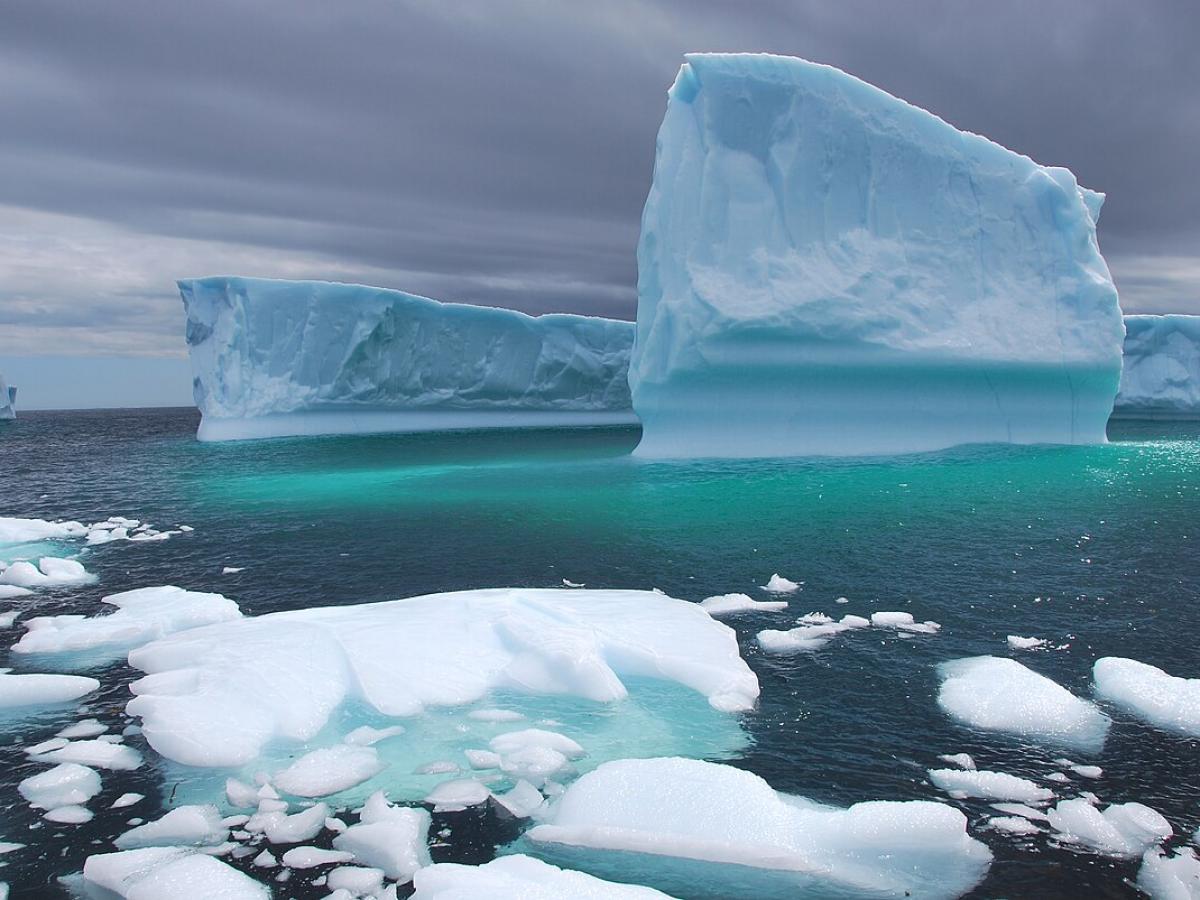Copyright pravda

In the endless whiteness of the Kara Sea, off the shores of the Taimyr Peninsula, there lies a place where humans once dared to challenge nature. Eklips Bay is among the northernmost and most inaccessible corners of Russia, where for decades Soviet border guards and military personnel stood watch over the Arctic frontier of the USSR. Today, only rusted all-terrain vehicles, collapsed barracks, and memories remain at this outpost on the edge of the world. The Beginning of the Story Cape Wild and Eklips Bay on the western coast of Taimyr have been known since the 18th century, when the Great Northern Expedition charted these icy shores. In 1914, famed Norwegian explorer Otto Sverdrup reached the bay. His vessel, the Eklips, became trapped in the ice and wintered there for almost a year. During that time, Sverdrup erected an astronomical marker that still stands today. The Soviet Era: Guardians of the Arctic Half a century later, in the late 1960s, people returned to this frozen place — this time, Soviet soldiers. In 1968, one of the USSR’s northernmost border posts was established here, soon followed by an air defense radar unit. Their mission: to track U.S. and NATO strategic bombers that might attempt to cross the Arctic airspace into Soviet territory. Life on the Edge of the Earth Reaching Eklips was only possible by air — via helicopter flights from Dikson, about 400 kilometers to the west. In summer, when the ice melted, sea navigation allowed supply deliveries by ship. The rest of the year, the settlement was sealed off by blizzards, wind, and isolation. Temperatures dropped to -40°C in winter, storms lasted for weeks, and the sun vanished for four months. Yet life here remained vibrant. Two small settlements stood on the bay — one for border guards, the other for the air defense unit. Officers’ families lived in metal modular units resembling giant barrels, while soldiers occupied wooden barracks. Ships brought fuel and coal — more than a thousand tons per season — and vehicles included snow tractors and heavy all-terrain carriers. Despite the harshness, the rhythm of life was steady: drills, communications shifts, and occasional holidays. In their spare time, the men fished or photographed the many polar bears roaming nearby. Isolation and Abandonment After the collapse of the USSR in the 1990s, Arctic military presence declined sharply. Funding stopped, equipment aged, and supplies became rare. Helicopters from Dikson arrived only two or three times a year. One by one, units left — first the air defense detachment, then the border guards. By the early 2000s, only a few dozen people remained. The last soldiers departed in 2006, when the Separate Arctic Border Detachment (Unit 2532) was disbanded. Tragic Pages in Arctic History The Arctic does not forgive mistakes. In 1974, a conscript from the air defense unit perished in a blizzard. Twenty-five years later, the same fate befell a young border guard. Their graves still rest near that of stoker Myachin, buried here in 1915. What Remains Today Nearly twenty years after the last soldiers left, Eklips Bay is a ghost settlement. The wooden houses have collapsed, the metal shelters have rusted through, and the machinery lies frozen in the tundra. In some fuel tanks, traces of diesel still remain, though it can no longer be used. Among the ruins, a lonely watchtower still stands — a silent reminder of an era when men kept constant watch over the Arctic skies. Now, polar bears wander freely across the site, and rare expeditions document what’s left of this forgotten Soviet Arctic outpost.



